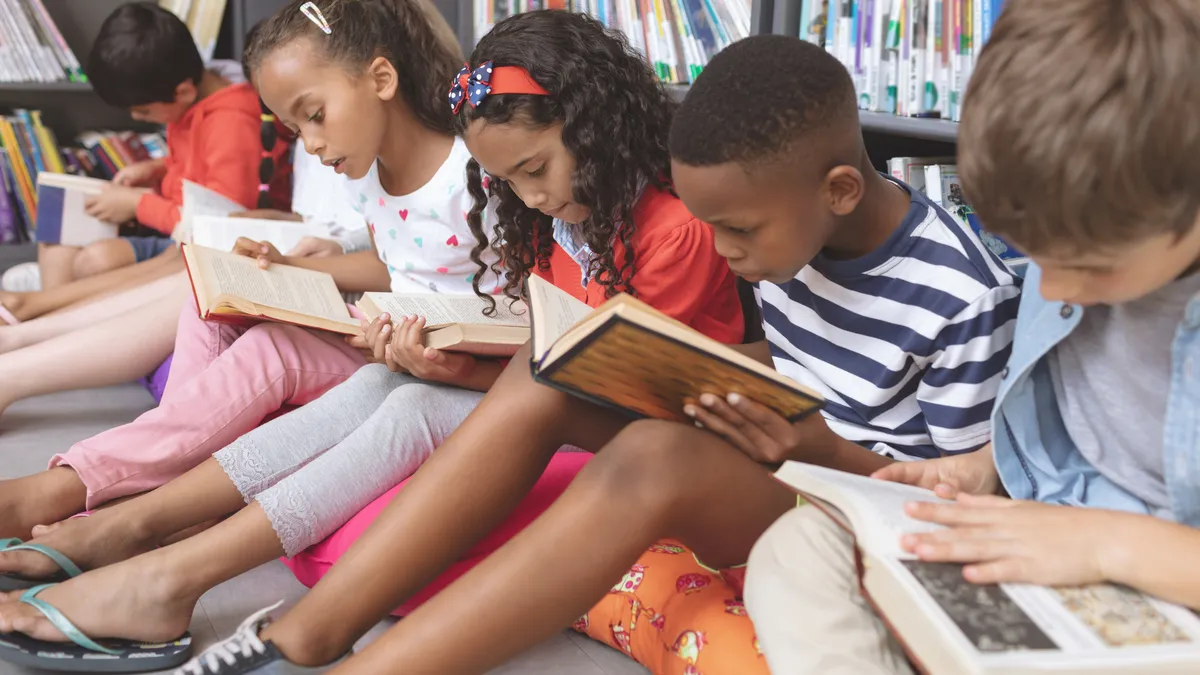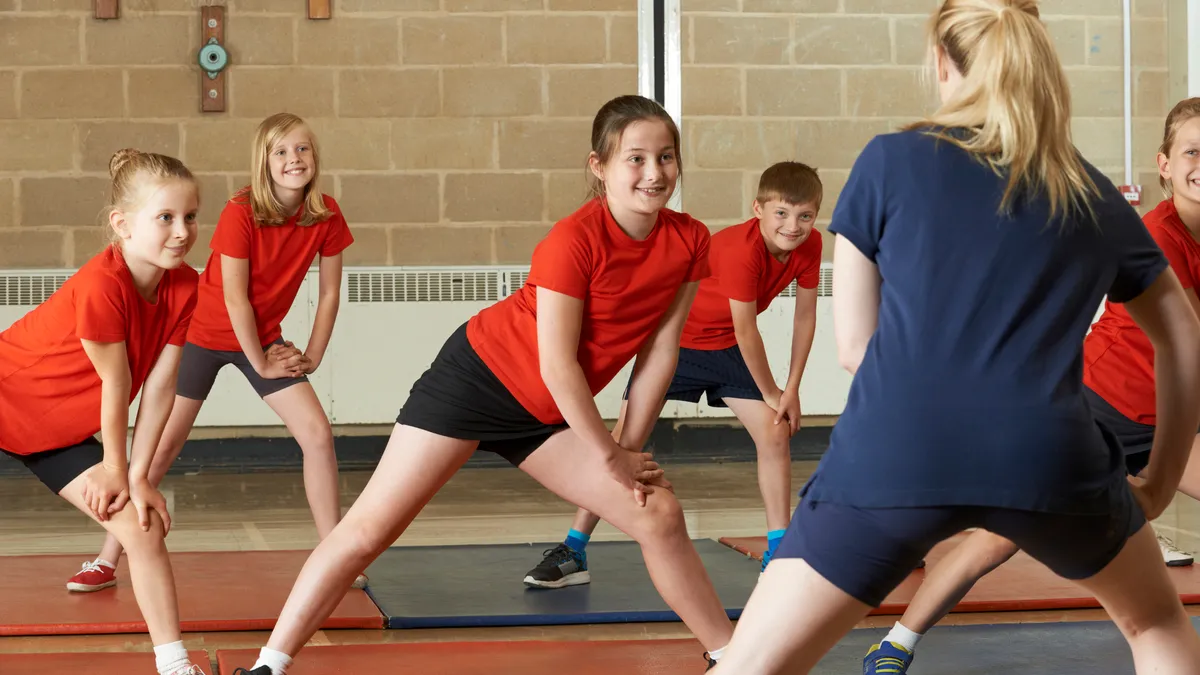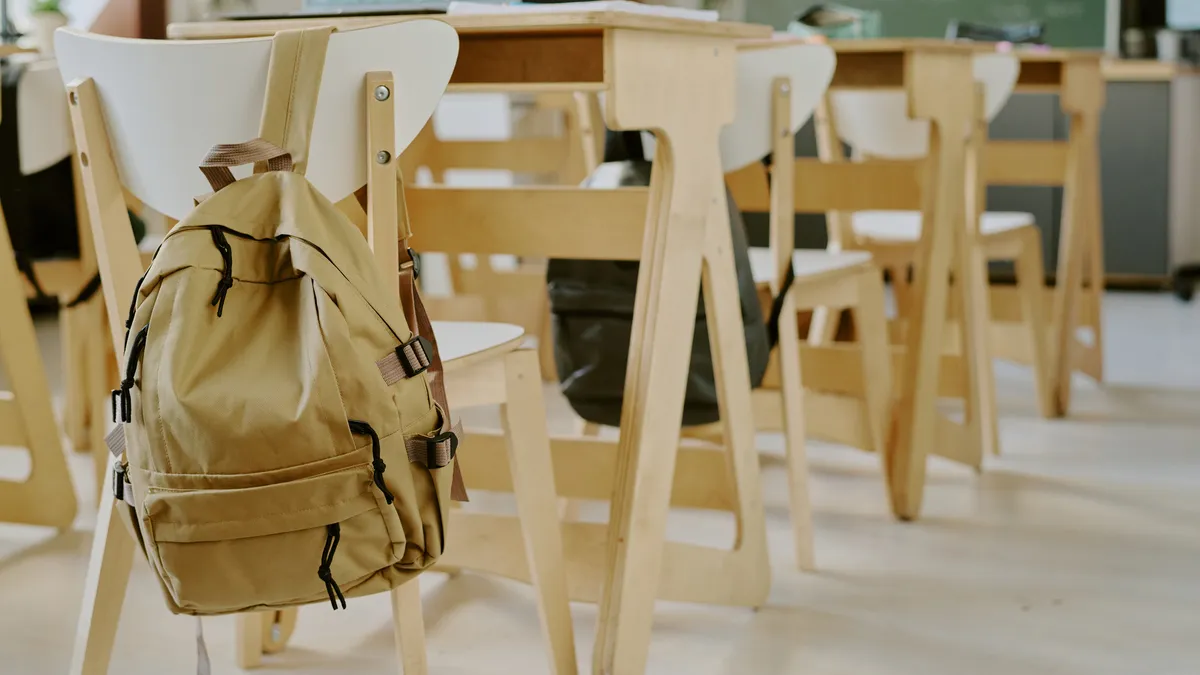As a child growing up in Houston, Texas, Stefanie Milam remembers her first school trip to the Johnson Space Center, then telling her mom she planned to work for NASA or be a ballerina.
Today, Milam is the James Webb Space Telescope deputy project scientist for planetary science at NASA. The telescope is set to launch Dec. 18 and designed to give humans a deeper look into the early universe than previously possible.
“We will be seeing things Hubble can’t see just because we are operating at longer wavelengths,” she said. “Hubble can’t see behind dust. We can see through the dust.”
Though no students, or scientists, will be physically along for the ride with the Webb telescope, Milam said there are myriad ways learners and educators can run experiments or eventually engage with the telescope’s data, bringing outer space down to Earth — and into the classroom.
While teachers today may remember the go-to project of student-made models of the solar system, there are soon-to-launch real-world examples that can spark not only space science curriculum, but math, robotics and engineering, too.
Whether that’s following along with Webb’s discoveries or the 2022 launch of Artemis 1 set for the moon, educators can find many ways to make STEM more tangible.
Facts to teach, projects to launch
Talking about the components that went into Webb is a great launching point for classes, Milam said. To start, she suggests educators discuss the 18 segments that make up the telescope’s 6.5-meter hexagonal mirror, plus the little robots on the back that allow each segment to move independently.
The mirror is also covered with gold, providing an opportunity for students to discuss the properties of the metal, which, when compressed, can compact into the size of a small golf ball.
When unfurled, Milam said, the telescope spans about the size of a tennis court, with an observatory roughly two stories tall. To get all those pieces into a rocket (and space) and ensure it could take flight, the structures were made with carbon. Its mirrors are hollow and built with the metal beryllium, a strong yet lightweight material able to conduct electricity and heat very well.
Milam also suggested educators could have students explore the physics of kites, looking at lift and drag, as the sun shield on the telescope acts as a giant kite, helping to keep Webb in orbit around the Sun. In this way, as solar radiation pushes against the shield, the telescope can maintain its location and not drift off into the solar system.
“In the reality of the James Webb Telescope, we anticipate having to do this every couple of weeks,” said Milam.
Moon missions broaden horizons
Artemis 3 is the mission scheduled to send astronauts back to the Moon by 2024. But the first test is much sooner, with Artemis 1 expected to launch in early 2022 and include a test flight of Orion, the spacecraft meant to carry the first woman astronaut to the Moon.
Retired K-12 science teacher Bob Riddle said there are tons of activities online that can hook students into learning about the Moon and other celestial bodies, many of which are designed and supported by NASA, including a PDF book and student challenges.
Riddle, who serves as a NASA Solar System Ambassador and column editor for the National Science Teaching Association’s Science Scope magazine, said planets, stars and rockets carry a similar level of fascination for children as dinosaurs, especially for those in the earlier grades.
“[Children] could be organized into mission teams and replicate a previous mission or dream up their own mission,” he said. “Students, especially at lower grades, seem to be a natural fit for projects, activities, experimenting.”
In addition to having students explore Artemis, educators can find other ways to engage students in space science, from running planet searches to coding a video game that has them operate a Mars helicopter, much like the one sent to the red planet with NASA’s Mars 2020 Perseverance Rover.
The Massachusetts Institute of Technology also has a series of weekly online packages focused on STEAM, including one that offers activities and modules around living in outer space. The design of the models is to get educators and students to move away from textbooks when they explore science, technology and other related subjects.
“All those STEM subjects are about curiosity and exploring the world around you,” said Rohan Kundargi, K-12 community outreach administrator for MIT Office of Government and Community Relations.
Teachers also shouldn’t forget one of the biggest classrooms — the sky outside. Riddle said one of his favorite activities is to have students look up at the sky from their home at night and find a galaxy that is as many light years away as their own age.
“If you’re 9 years old, for example, find Sirius,” he said. “That’s nine light years away, so you’re looking at light from a star the year you were born.”
Linking art and science
Divya Persaud, a postdoctoral scholar at NASA Jet Propulsion Laboratory and Ph.D. candidate with University College London, suggests teachers find ways to link space science — and frankly any STEM subject — with other disciplines, including art and design. A poet and musician in addition to being a scientist, Persaud notes creativity plays a significant role in how technology is designed.
“STEM is not just in a tiny bubble that is disconnected from everything else,” said Persaud, whose research is focused on satellite imagery and geology around the Mars rover landing site. “But STEM is a beautiful conglomerate of all those things.”
Persaud is often involved with educational outreach at her university, hosting many middle school students during visits and lectures. One of her favorite activities with students is to help them get a physical sense of the scale of space by bringing spatial reasoning into play, to move away from flat, 2D images. She points to other online options such as NASA’s use of virtual reality, which can allow students to examine the Apollo lander.
“I like this push forward because it makes [space] less mystical,” she said.
Ultimately, though, she believes anything that helps students find their way to space is positive. She said it’s crucial students don’t end up feeling they have to study math, geology or engineering to find their way to the study of space. She added there are people in these fields who work to communicate and write about space, those who analyze images, those who design, and others who are operating the technology.
“If you like something, you find your path to it,” she said. “You can be a writer or a chemist and find your way to space.”





















